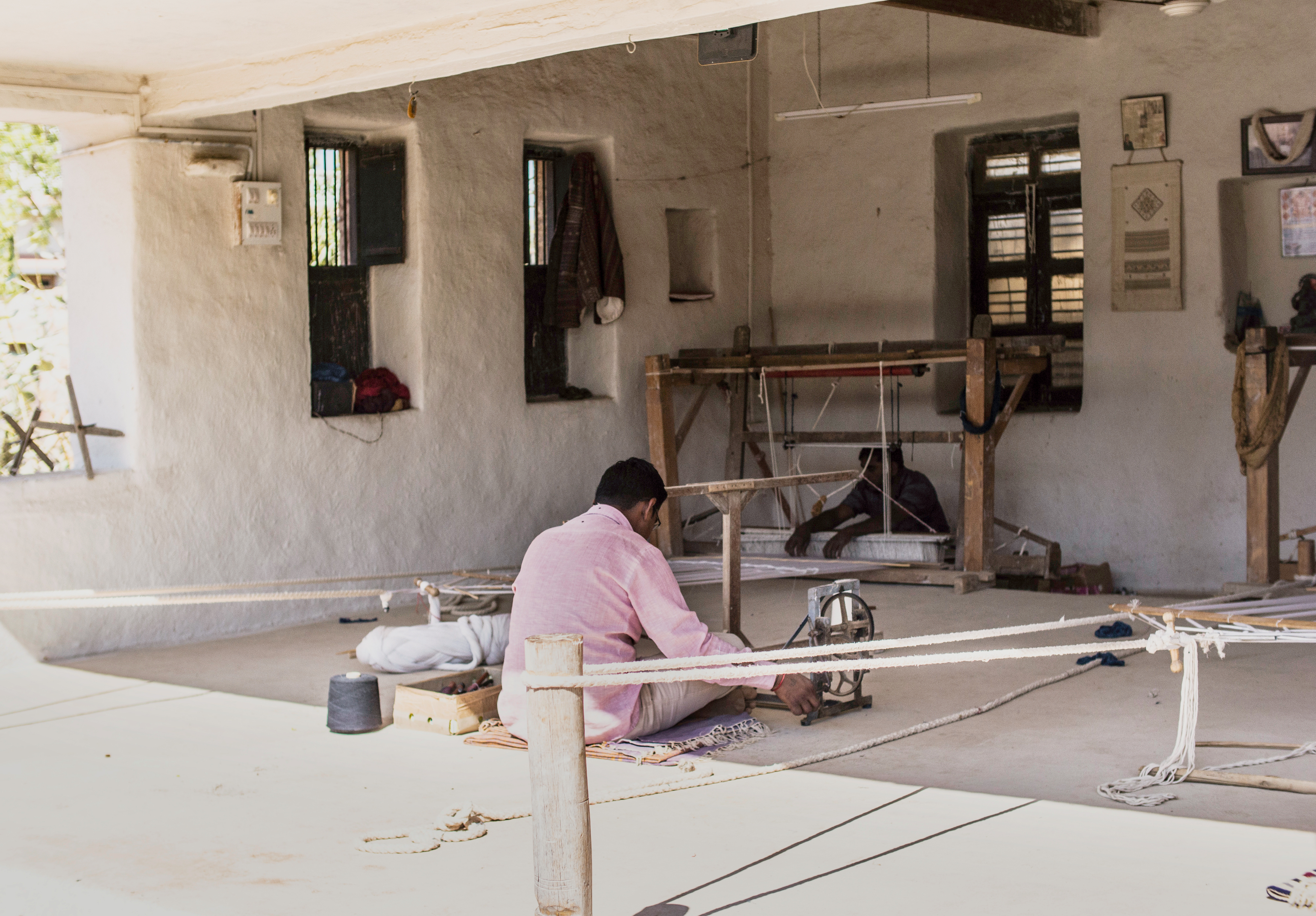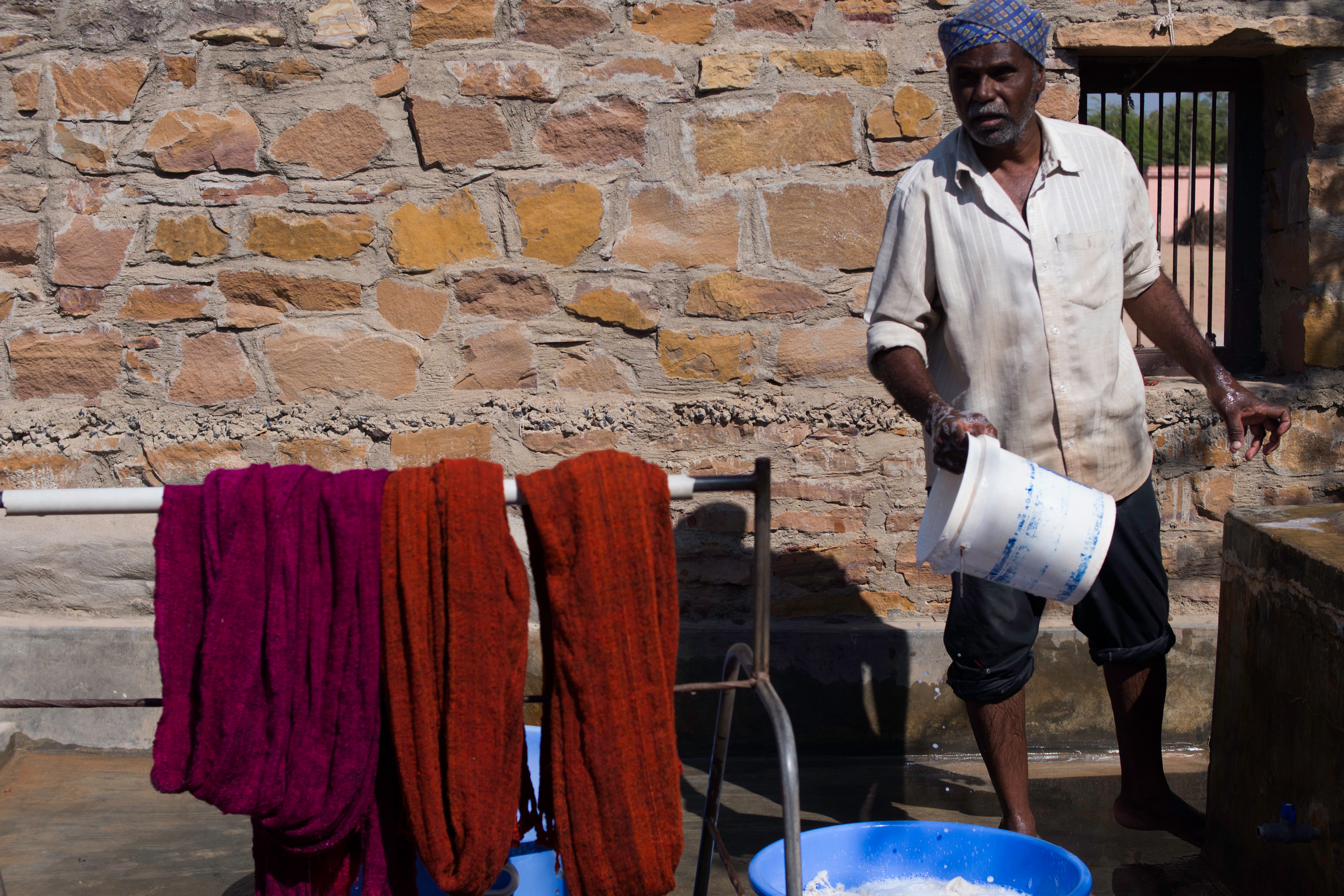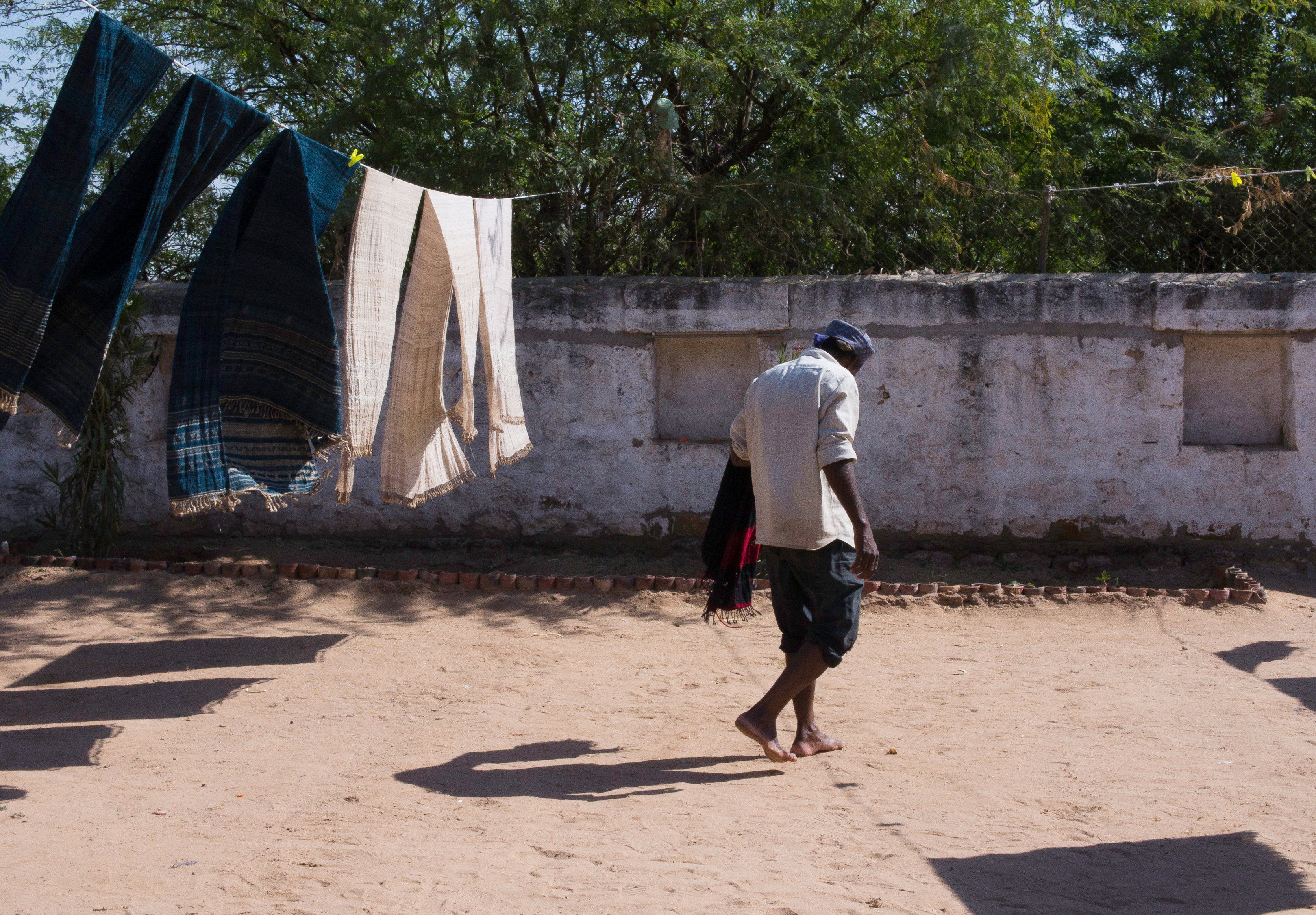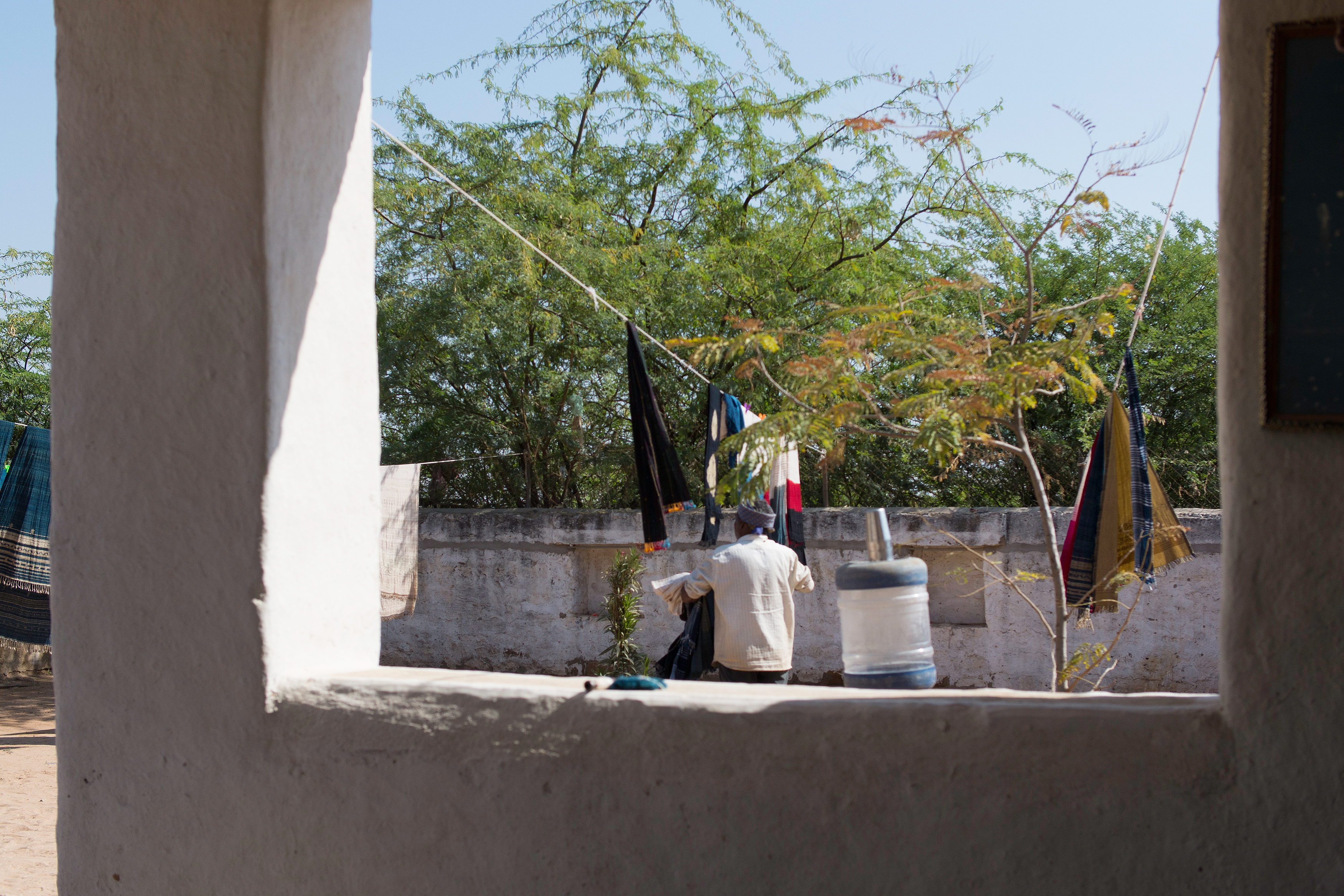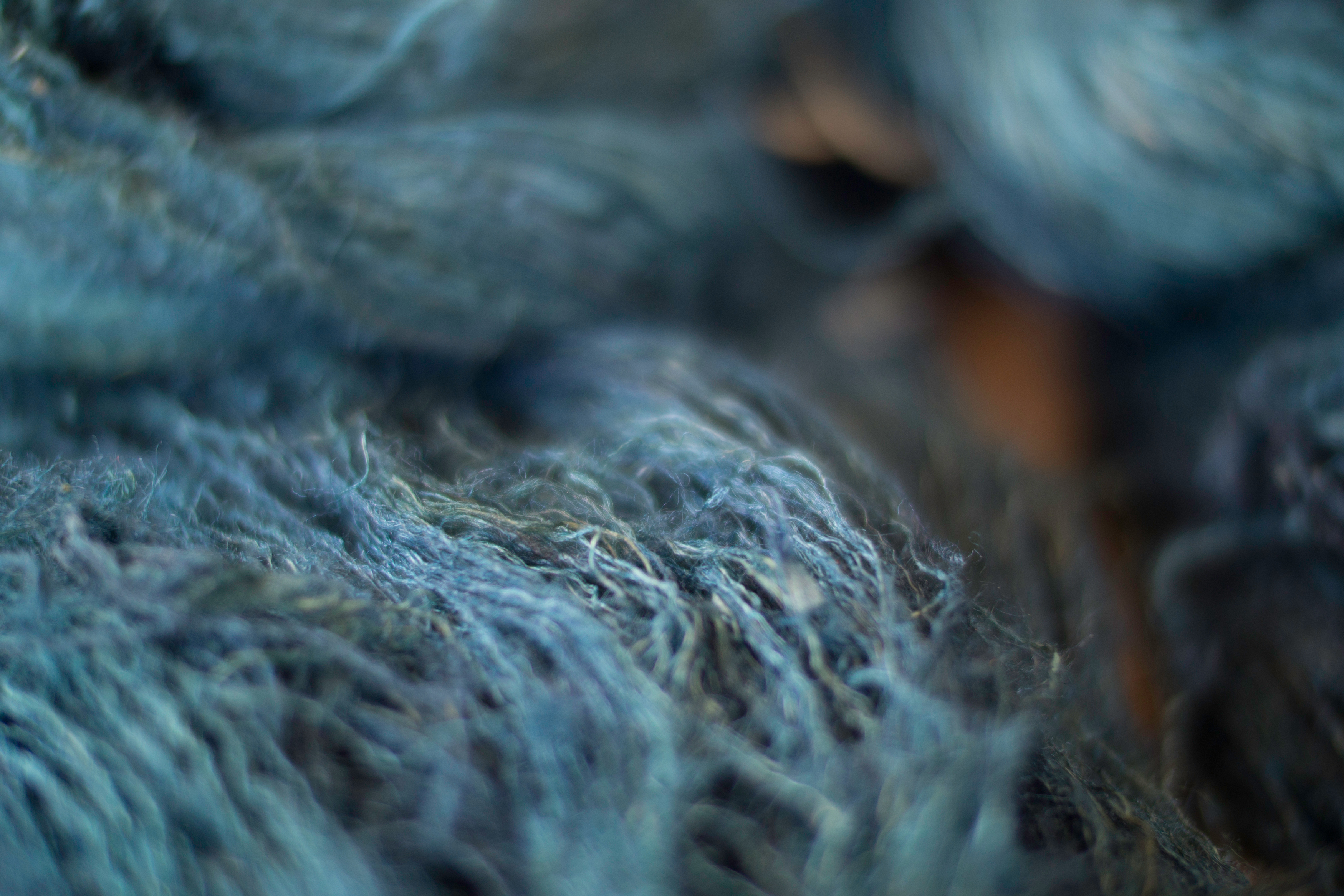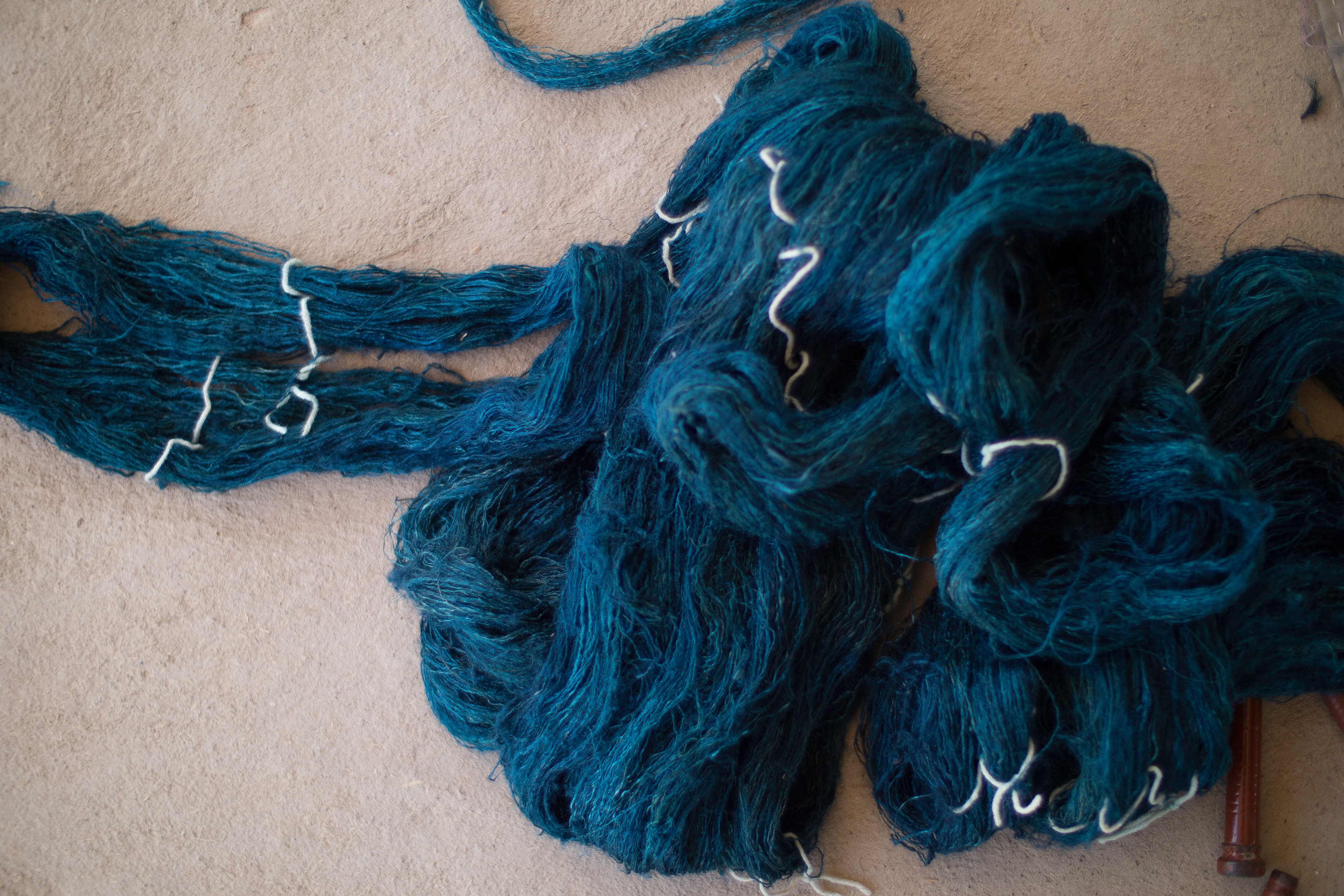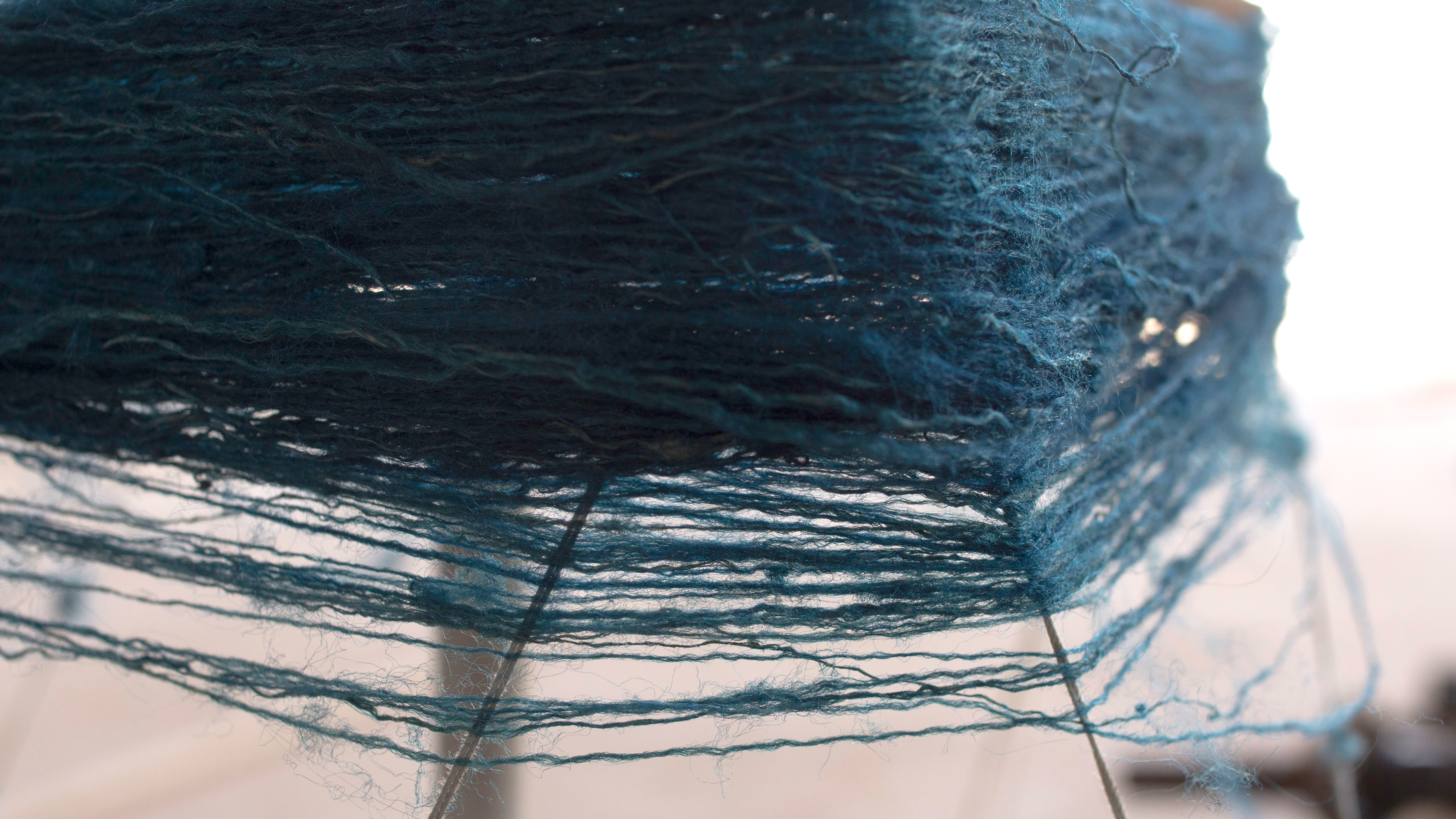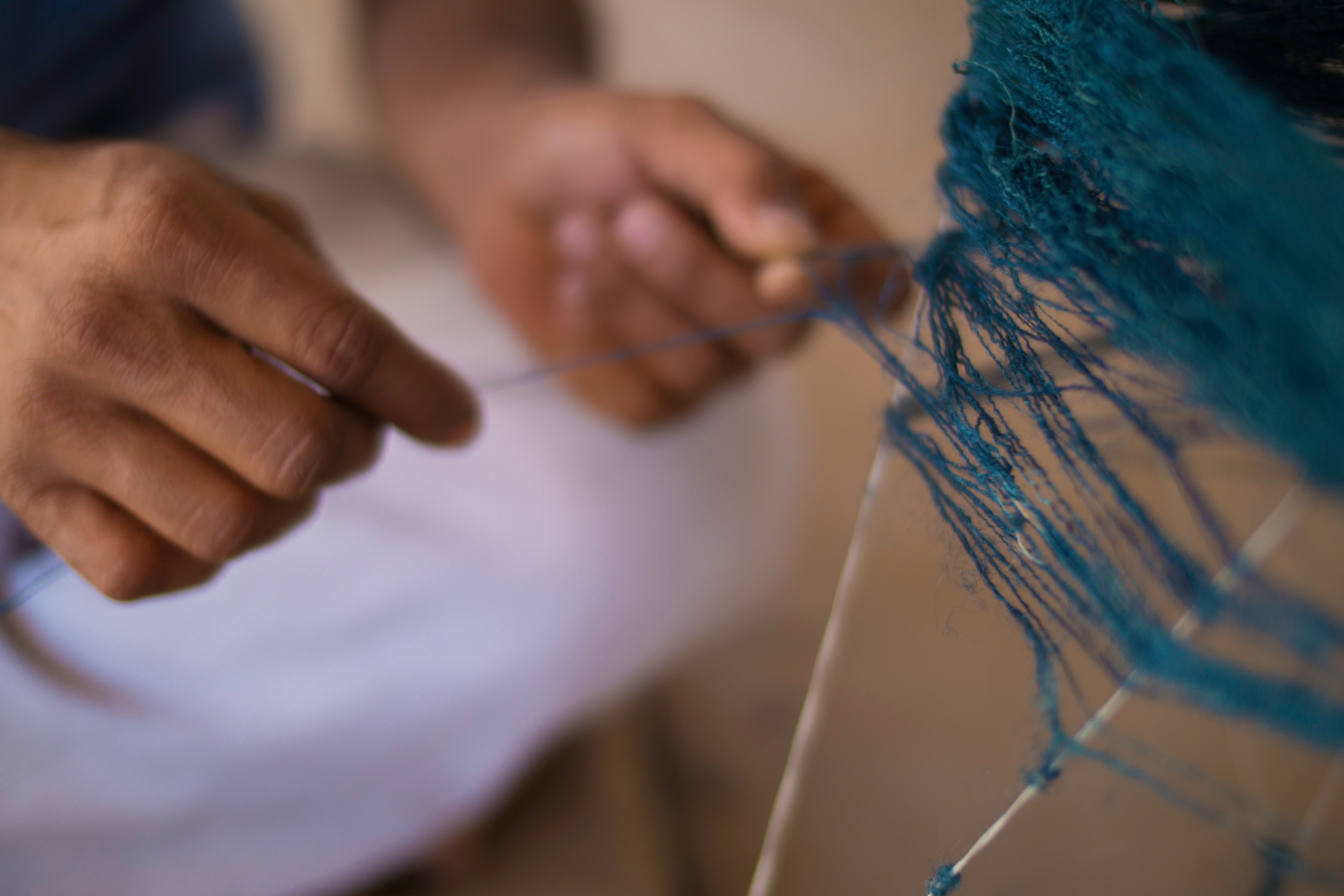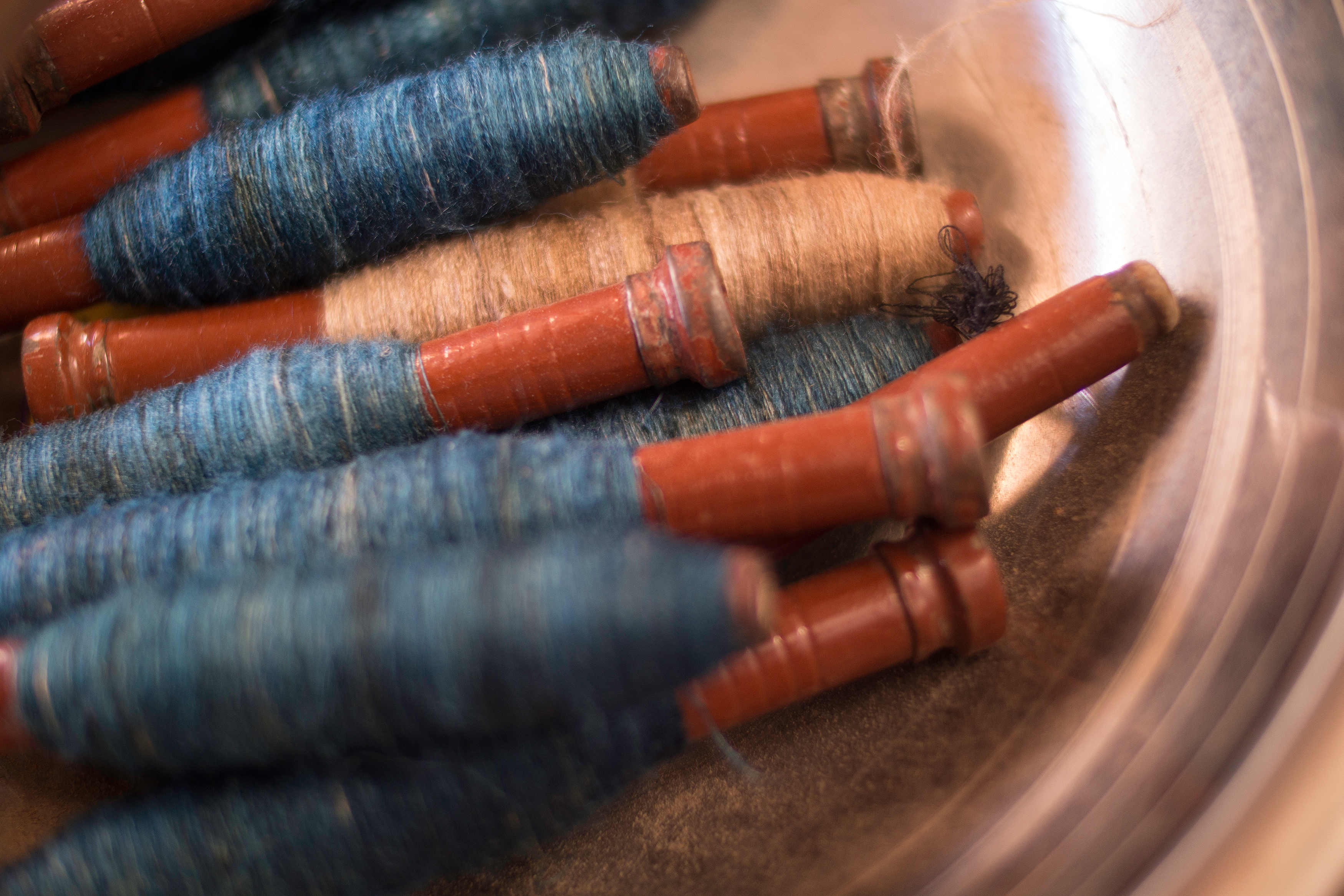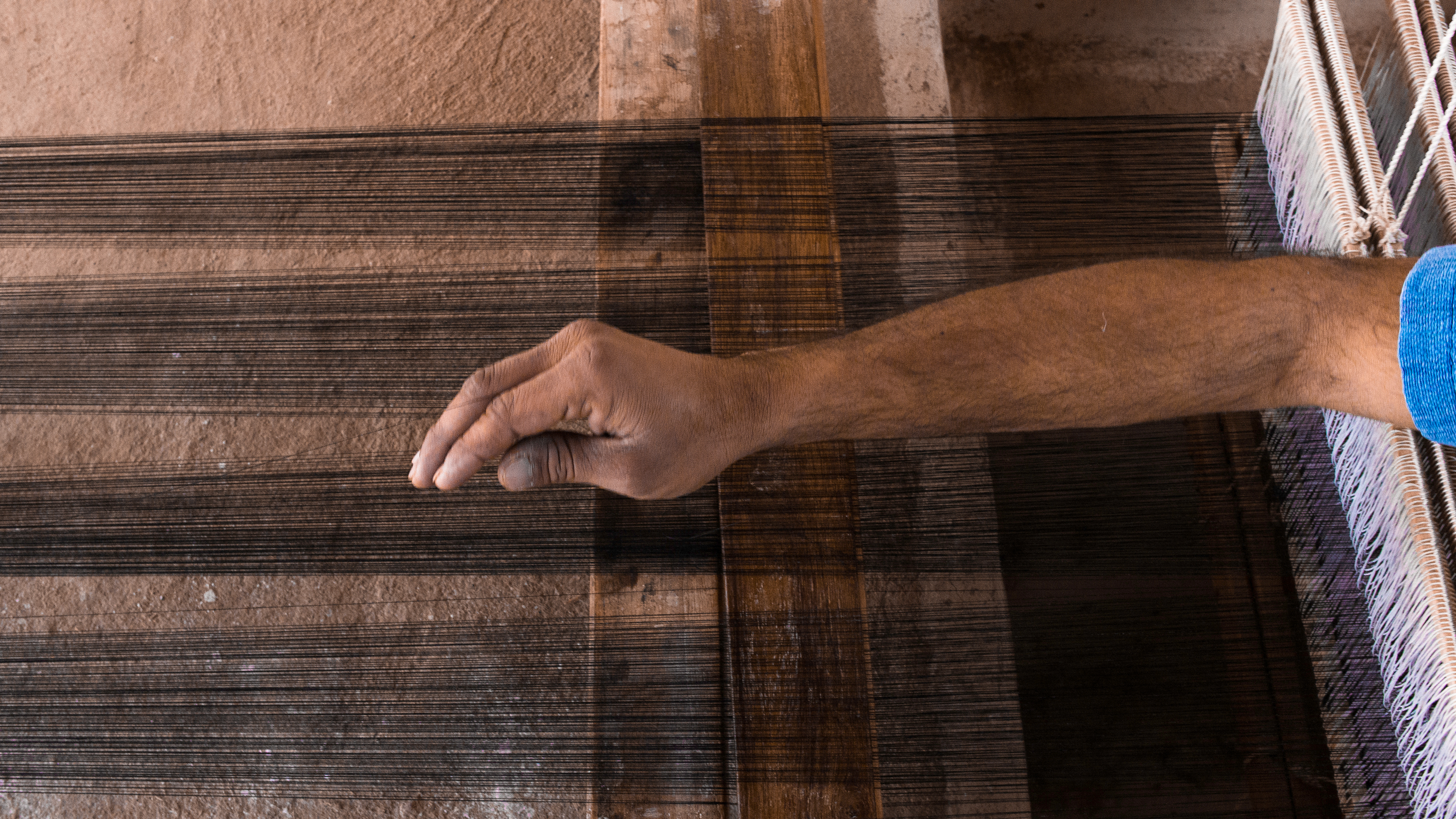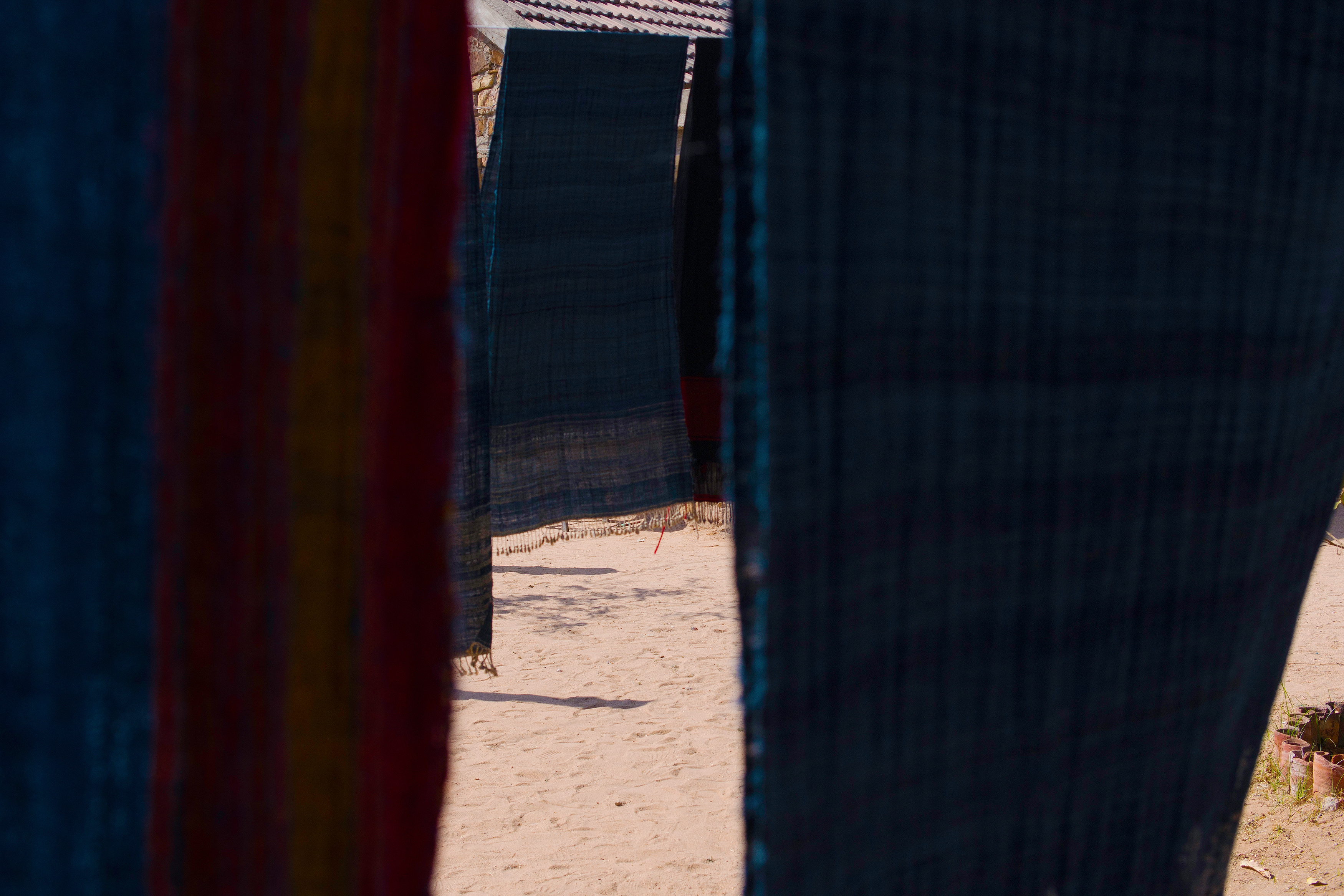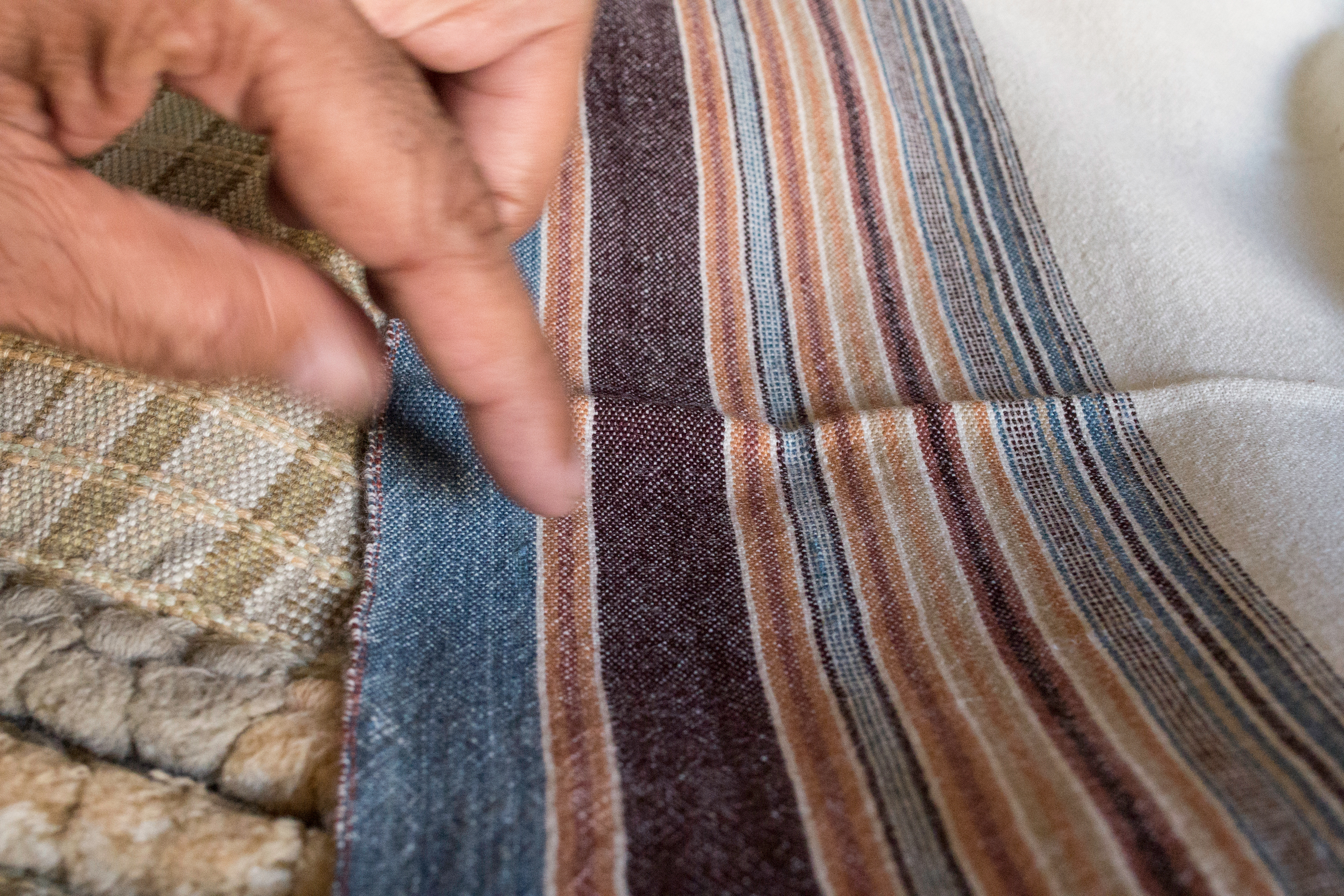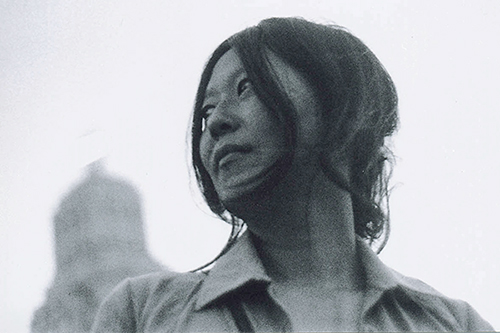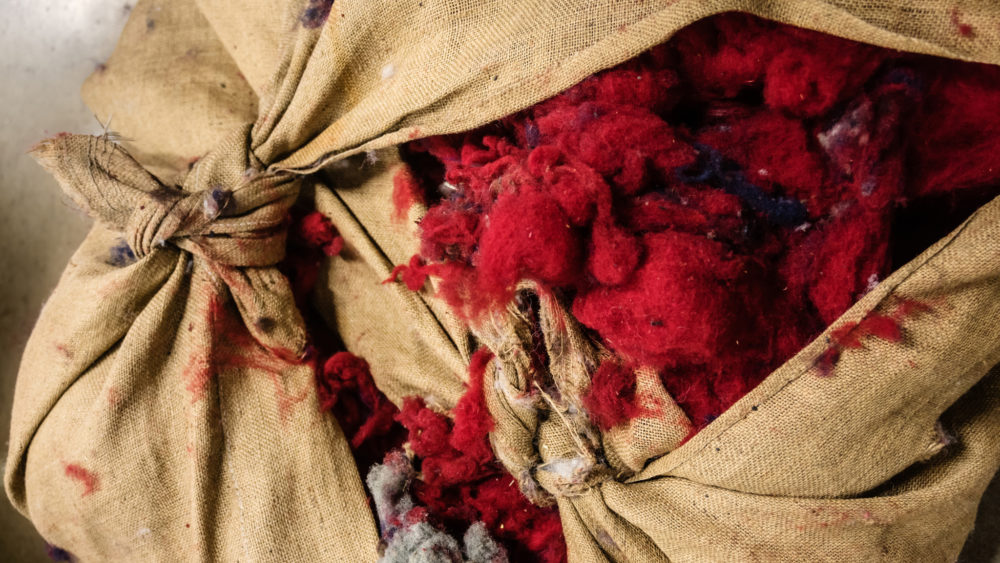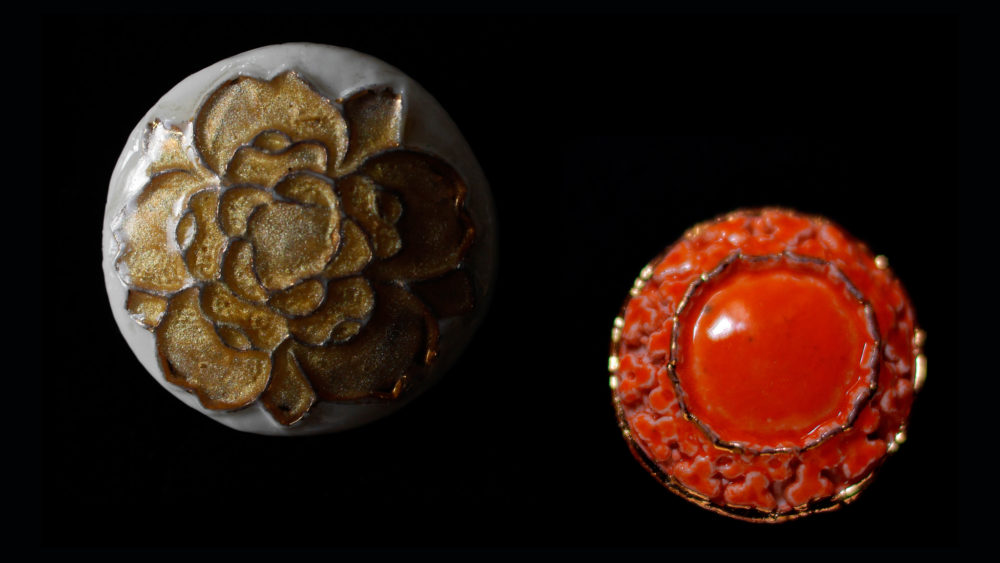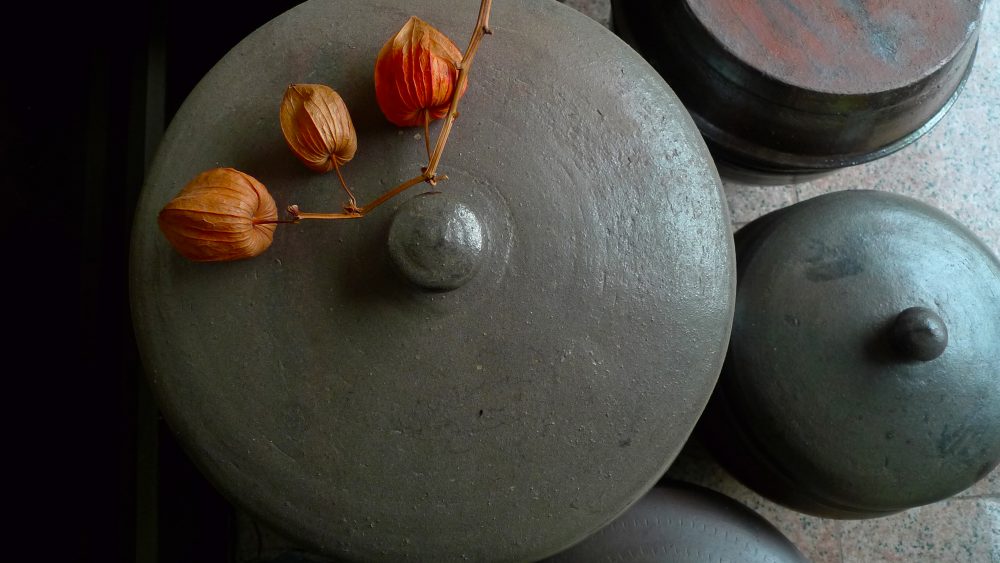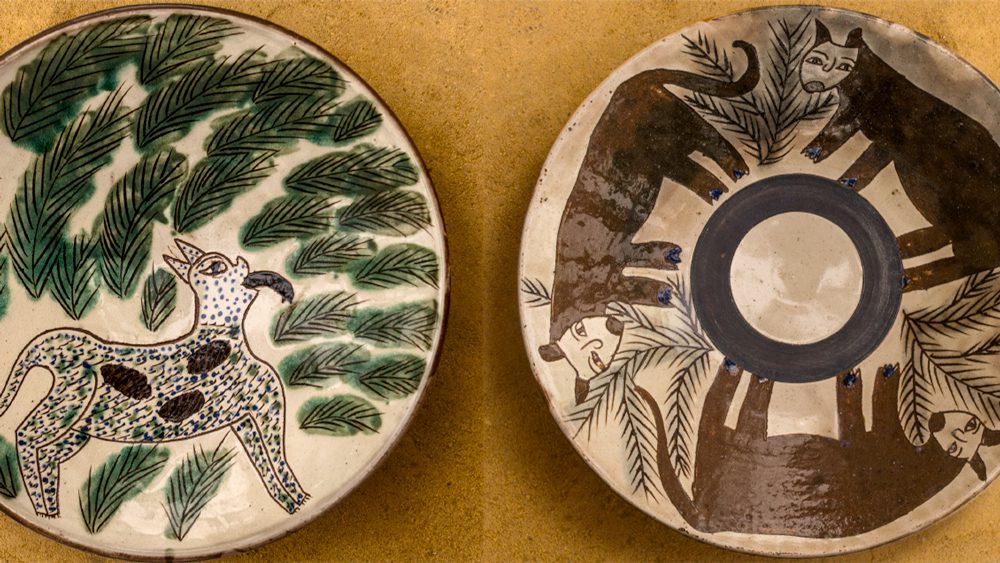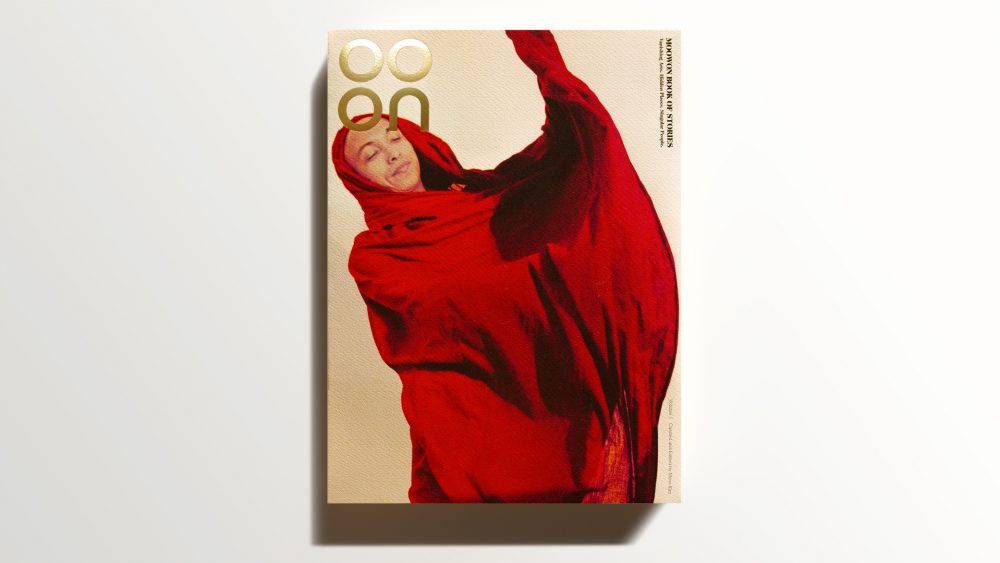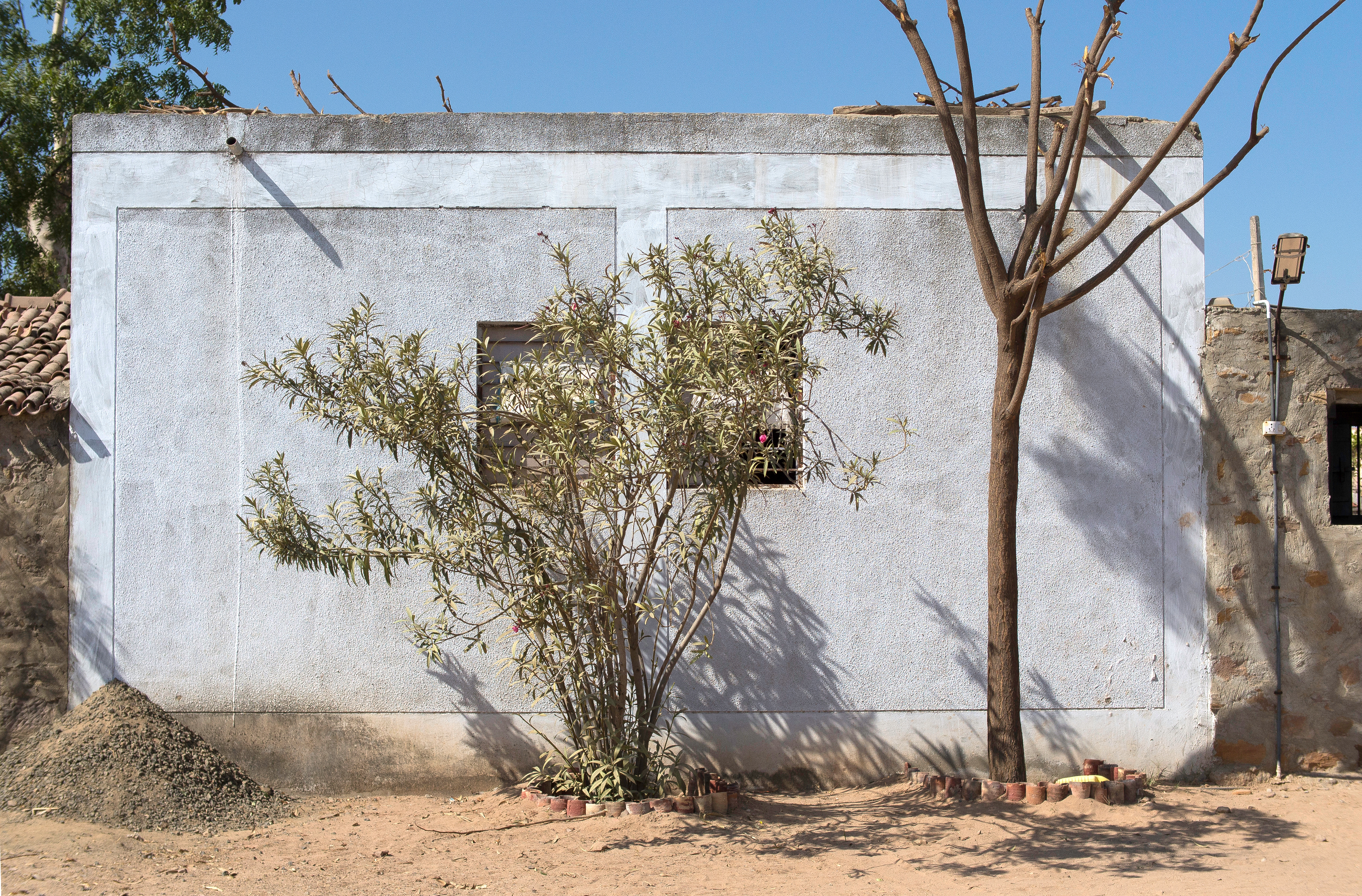
A sun-drenched yard.
An airy, low-lying stone workshop.
There, meditative rhythms of traditional looms set the pace of time.
A tree canvased against whitewashed wall stands bearing one lone rose bud.
Anchored to the ground are pots— opaque wells of indigo, seemingly bottomless and infinite.
Above, handspun yarn in subtle gradations of indigo flirt with the silent arid air.
Woven into the rhythm of this open-air atelier are the soft yet lively melodies of Kutchi conversations.
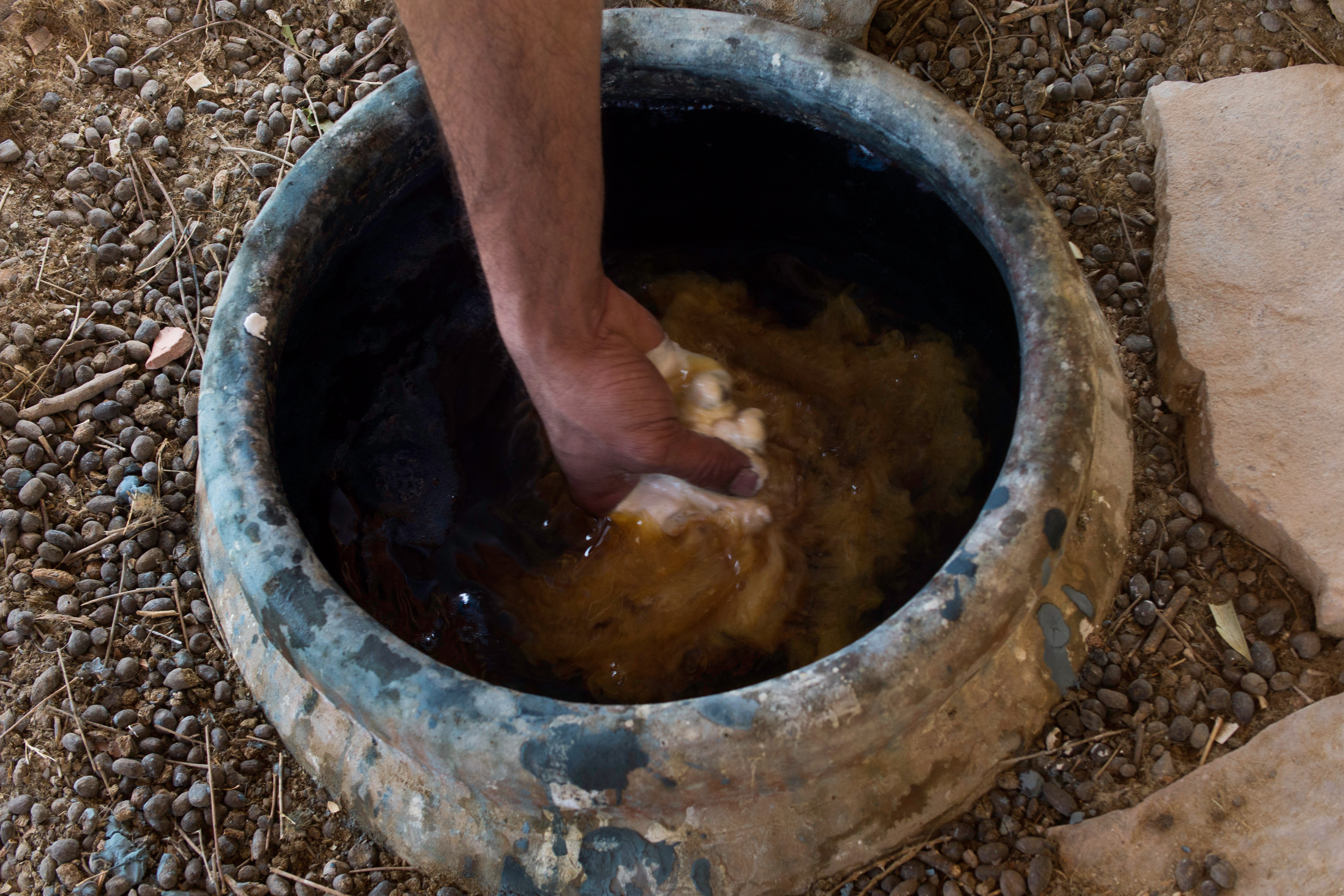
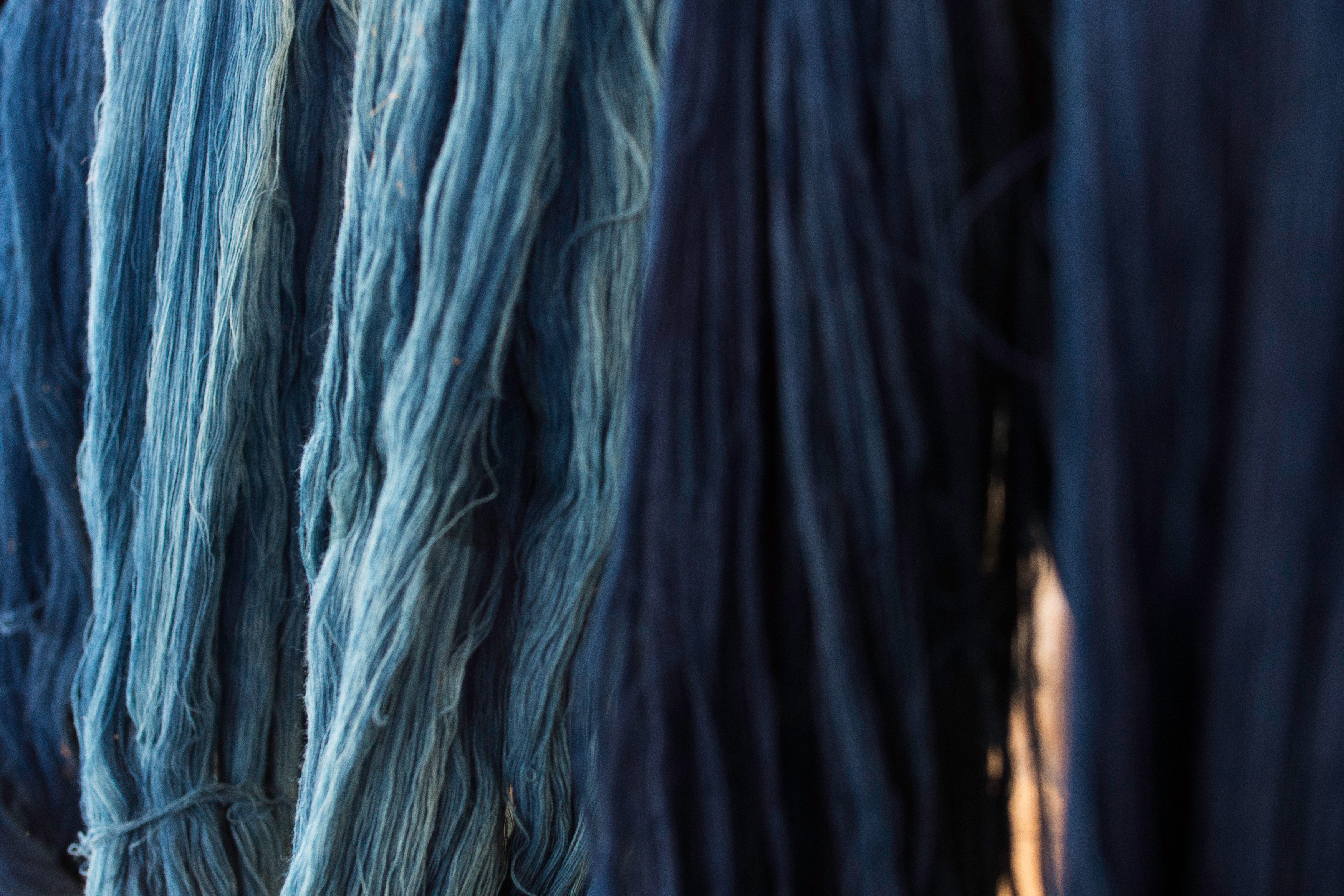
Welcome chez Vankar Vishram Valji, where a multigenerational award-winning family continues the heritage of fine weaving par excellence.
Vankar is a name of a social group whose main occupation is the weaving of cloth, and Bhujodi has been home to the "weavers" for centuries.
To enjoy the full story, become a Member.
Already a Member? Log in.
For $50/year,
+ Enjoy full-length members-only stories
+ Unlock all rare stories from the “Moowon Collection”
+ Support our cause in bringing meaningful purpose-driven stories
+ Contribute to those in need (part of your membership fee goes to charities)
